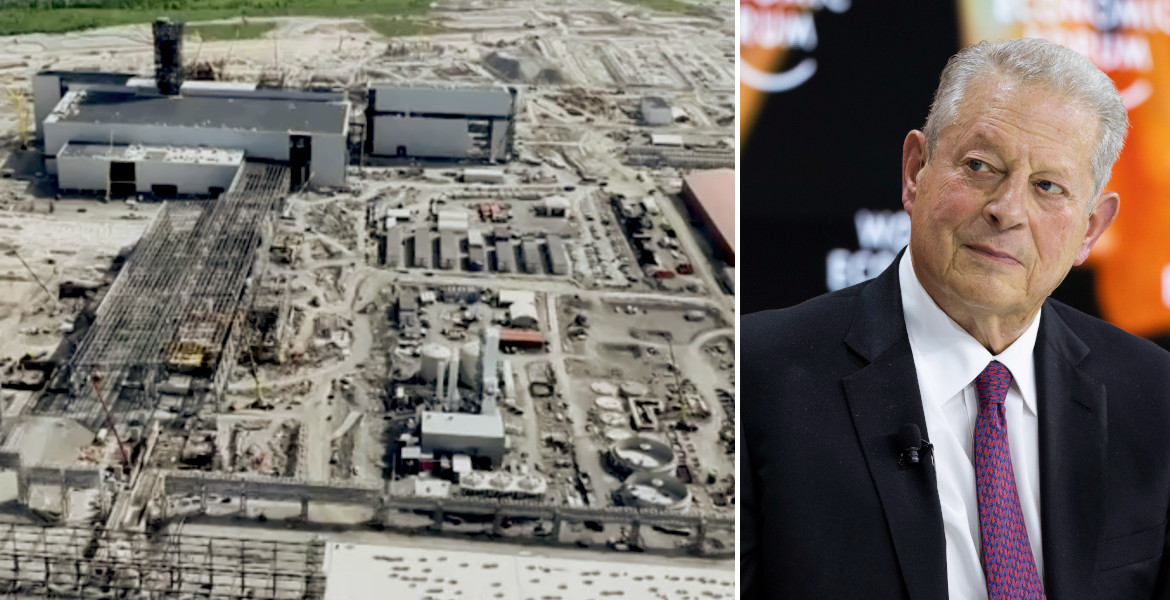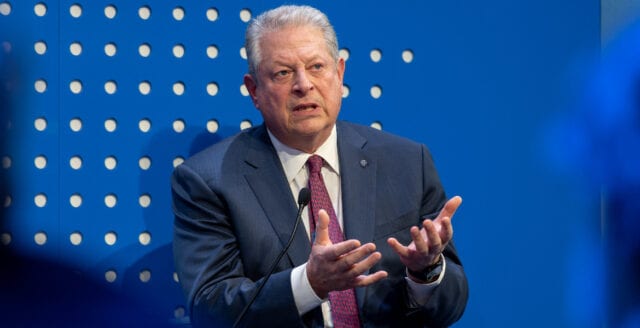There are constant alarms about supposed continued global warming. But they are mainly based on the fact that it is warmer in cities. It is true that temperatures are measured not only on land, but also by satellite and balloon. But it is the land data that dominates the debate.
These are mostly measured in wealthy countries that have the interest, resources, technology and procedures to measure them. Almost all of the wealthy countries are in the northern hemisphere, where 90% of the world's population lives. So the climate debate is mostly about the northern hemisphere.
Even there, there is a lot of land and wilderness. Cities and settlements are mainly located near seas and rivers. Therefore, the climate debate focuses on the cities and populated areas of the northern hemisphere. Here, temperatures are measured from land.
For practical and economic reasons, most stations are located near cities and towns. Few go far into the bush to measure temperatures. Many isolated stations are now closed.
Temperatures are measured not only near, but increasingly inside, cities and towns. These are growing and increasingly surround stations with buildings, roads, parking lots, plazas, industries, airports, and other heat sources. Once isolated monitoring stations are now located in built-up areas.
Cities and towns are known to be warmer than the surrounding countryside. Major cities are several degrees warmer. Especially at night. So the temperatures we see in weather reports are often misleading.
They don't say where or how the temperatures are measured. But summer temperatures in large cities are usually several degrees higher than outside. In winter, large cities are significantly warmer than surrounding rural areas.
However, their temperatures are usually reported and average higher than the actual temperature of the atmosphere outside the cities. Therefore, the high temperatures reported by the media usually show how warm it is in the cities, not how warm it is in the countryside.
But we already knew that, didn't we?
Tege Tornvall






